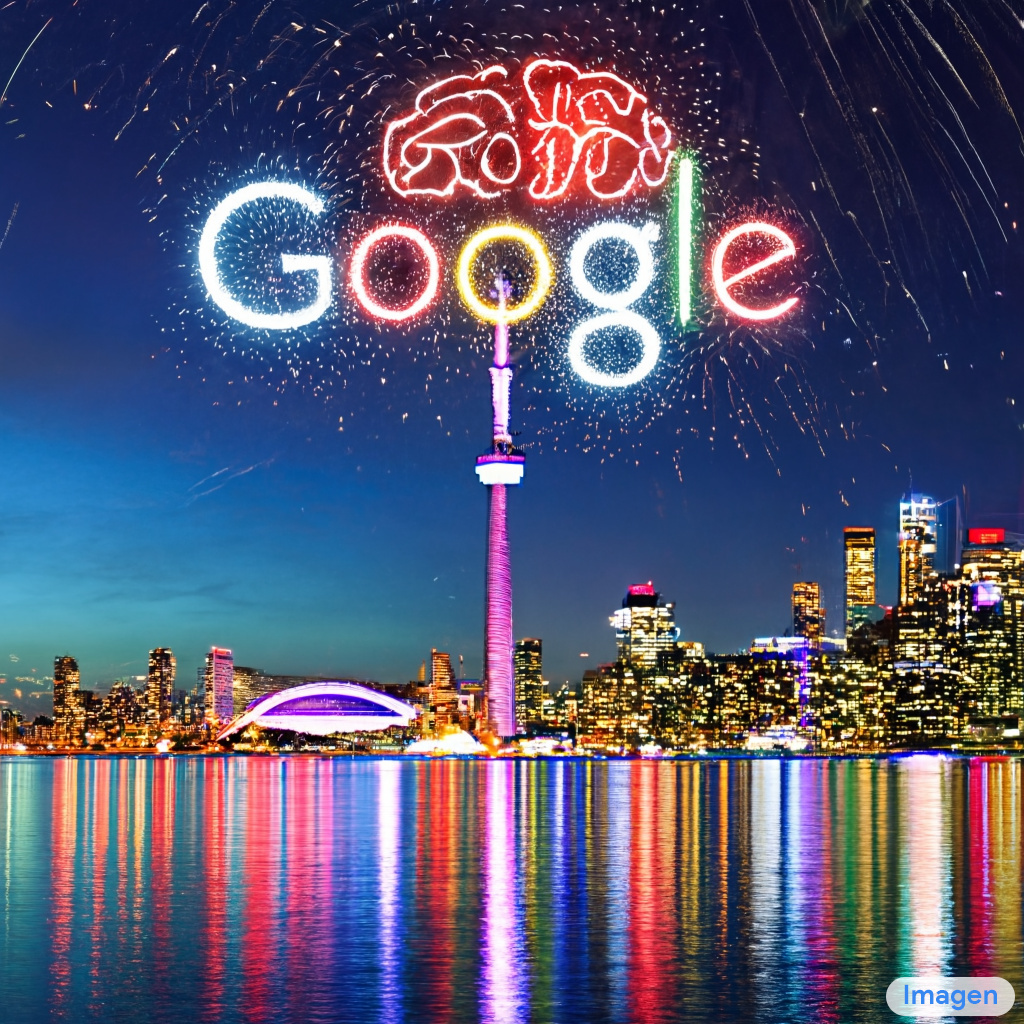I came across this new technology, it’s recent and not yet available to the public for security reasons. Google announced IMAGEN a new AI system that takes texts as input and then generates images. It uses a process called “diffusion” and turns the concepts known to the AI to create a completely new visual version of an idea that hasn’t existed before. There’s another text-to-image generator available to the public, which is DALLE- 2 but IMAGEN generates pictures with higher quality.

I believe this technology, when available to the public, hopefully on mobile devices, would be a great way for learners to turn their ideas into a visible picture. We work better with visuals and this technology would be a great help for learners and educators in a classroom. I would definitely use this technology with my students to clarify an idea in English and convert it into an image rather than translating it into words.

This technology would also be dangerous when it reaches a higher quality and it becomes available to the public. One that comes to my mind is faking information, which is already a big problem. What other aspects do you think would be dangerous with this technology when available to the public?
You can learn more about IMAGEN here https://imagen.research.google/

Hi Maria,
What a cool technology! As you said, although this opens up the door to possibly sinister uses, we can’t ignore the benefits this could have. I’m thinking about students who have a hard time creating a visual representation of things either through drawings or even just in their minds. This technology could help some students picture concepts or things that they read in books.
Pretty cool! Thanks for sharing, Maria. I had a good laugh with the corgi picture. This is would be a very useful technology because, usually, we can come to a better assessment of our ideas once we see them taking form. I was recently working on a complex project that involved designing a step-by-step process for a technology procedure and I wasn’t able to get around it until I started to create visual representations. I think that our mind functions both in thoughts but also images. Like, if I say apple, the word appears in our consciousness in reference to an image or an experience. Sometimes when I am reading I have to stop and imagine pictures to grasp better an idea. I can imagine a technology like this could help students in the assimilation of concepts and ideas they are learning.
Yes, agree, we are definitely visual creatures!
Hi Maria,
Thanks for posting- this is fantastic technology. I can see this technology working for students diagnosed with learning disabilities in reading and written expression, and I can also see the potential in art projects.
Deepfakes (videos created by combing deep algorithms with simulated images and sounds) are already an issue in scams, politics, and fake news. Norton has a page dedicated to discussing deepfake technology and how to spot deepfakes and shallowfakes (created with video editing software instead of algorithms). Norton warns of not sharing videos unless you are sure they are from credible sources.
https://us.norton.com/internetsecurity-emerging-threats-what-are-deepfakes.html#shallowfakes
The dangers of Imagen technology are that bad actors would use it to sway public opinion in a harmful way and erode trust. Photographs of the war in Ukraine are utilized in investigations into war crimes. What would happen if we could not trust images of what is happening on the ground? While Imagen technology is new and evolving, I think the technology used to detect such images will improve in parallel.
Thank you for sharing those resources Tamaka! I agree, that these two technologies evolving together is essential for both to be effectively used.